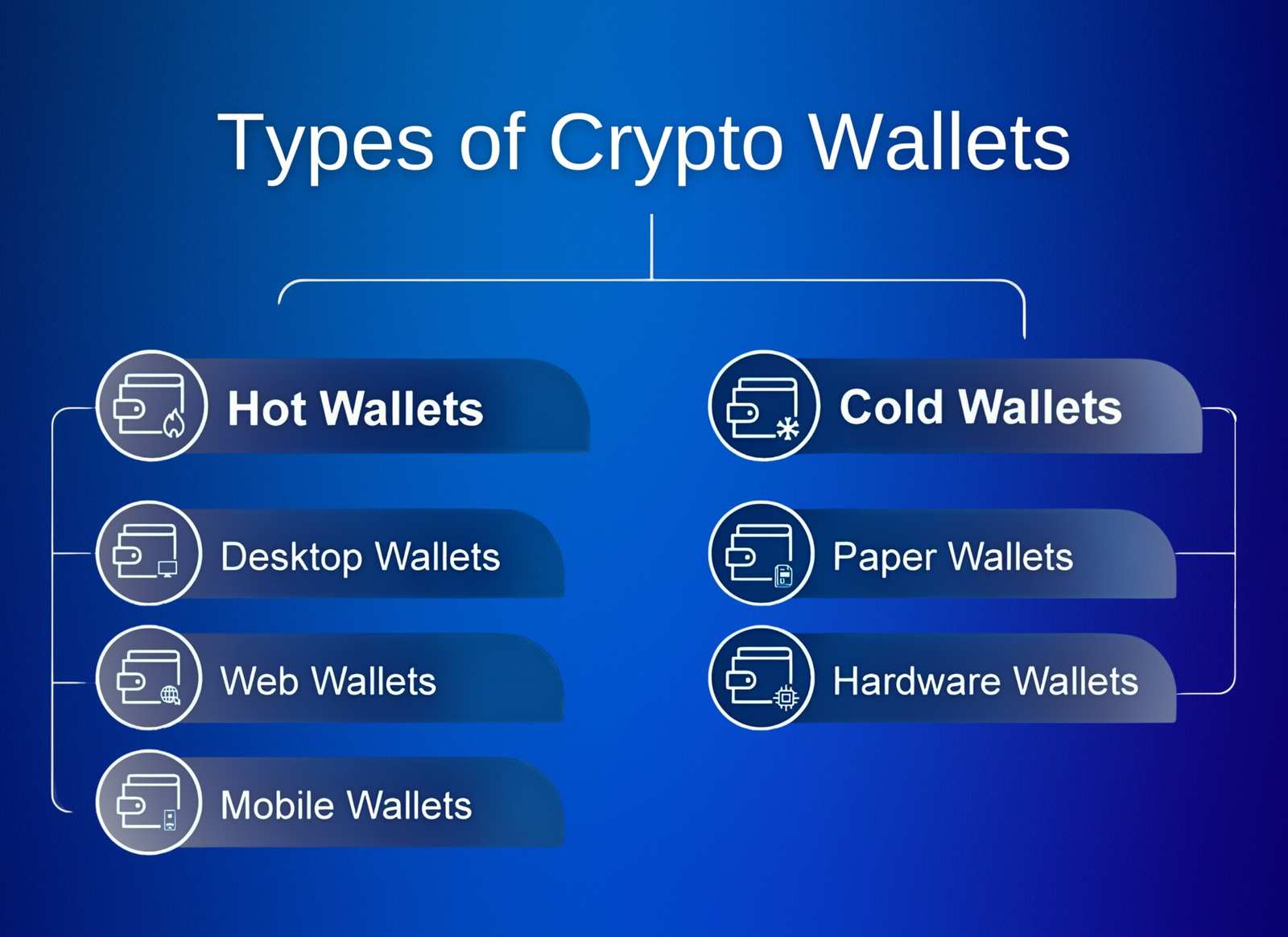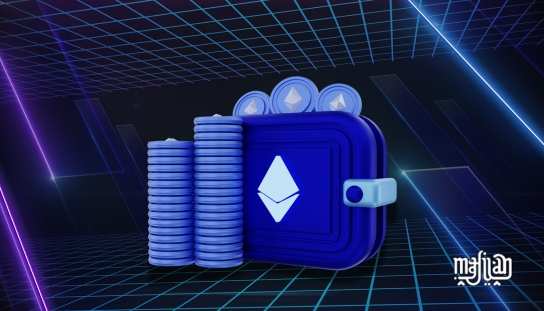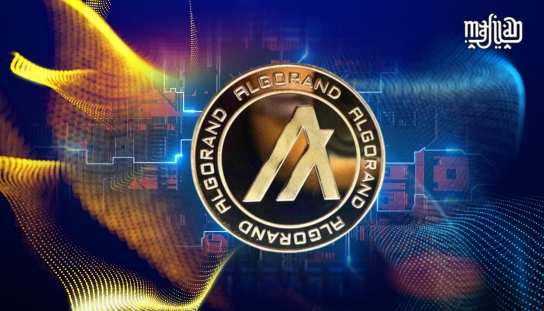Blockchain wallet creation is a promising business idea now. A blockchain wallet is a digital tool used to store cryptocurrencies, stable coins, tokens, and NFTs. It allows users to send and receive digital currencies, monitor their balances, and track transaction history. In simple terms, its a physical wallet for storing currencies but in a digital form. In this blog, we will explore what blockchain is and why creating a crypto wallet is beneficial.
What’s Blockchain and Crypto Wallet ?
Remember that people often use “blockchain wallets” and “crypto wallets” synonymously because they perform similar tasks. Before creating a blockchain wallet, it’s essential to understand what it is. A blockchain wallet is a digital storage solution for blockchain-based assets such as cryptocurrencies, tokens, NFTs, and stablecoins.
Users of blockchain wallets may keep an eye on their balances and transaction histories, as well as transfer and receive virtual currencies. A digital wallet stores the addresses where you keep your assets on the blockchain network, rather than storing fiat money and credit cards.
Why Create Blockchain Wallet?
Digital assets are unsecured in this internet era. For this reason many owner’s of digital assets are using digital wallet
Security
A blockchain wallet secures the digital keys that control access to your cryptos. It employs a two-key system, with a public key for transactions and a private key that acts as a digital safe, ensuring robust two-factor authentication. Protecting these private keys is vital for maintaining the security of your assets.
Faster Transactions
Customized blockchain wallets enable faster transactions, including cross-border transfers completed within seconds. This speed is a significant advantage over traditional financial systems.
Cryptocurrency Compatibility
Many blockchain wallets are designed to support multiple cryptocurrencies, unlike wallets that support only one type. A multi-currency wallet also facilitates cryptocurrency conversion, enhancing usability.
Lower Transaction Fees
Blockchain wallets offer a cost-effective alternative to traditional banking, with lower transaction fees making them an attractive choice for managing digital assets.
Ease of Use
Designers create blockchain wallets to be user-friendly, allowing you to easily sign in, authorize credentials, and manage assets. Their interfaces are typically as simple to use as everyday apps, ensuring a seamless user experience.
A Comprehensive Guide to Crypto Wallets:
Crypto wallets are the simplest and free you of many of the most difficult security and public-key cryptography responsibilities. Crypto wallets come in various forms, each with its own set of features, advantages, and drawbacks. We define wallets as hot wallets and cold wallets. Hot wallets connect to the internet, while cold wallets remain offline and are stored without an internet connection.
In this guide, we’ll explore the different types of crypto wallets to help you determine which one is best suited for your needs.

Cold Wallets
Hardware Wallets: Secure and Reliable
Hardware wallets have excellent security. No one can access your funds without been plug into any devices, Because you have to connect these small devises into your PC or laptops to make transactions. Hardware wallets store your private keys and addresses. These wallets come in the category of cold wallets. Hardware wallets are more secure than hot wallets and easier to use than paper wallets. You have to pay for wallets and they are quite costly, though they are less user-friendly compared to web and desktop wallets. Popular models include the Ledger Nano S and Trezor.
Paper Wallets: Old School Security
Paper wallets are a physical way to store your crypto, typically involving printed QR codes representing your public and private keys. They also come in the cold wallets category, Paper wallets are immune to hacking but they can’t be reused because they are not able to send partial fund.
Hot Wallets
Desktop Wallets: The Middle Ground
Desktop wallets are software program through which we can access our cryptocurrency blockchains directly. These wallets are installable on operating system. Desktop wallets fall into both the hot and cold wallet categories. When connected to the internet, a desktop wallet functions as a hot wallet, and when disconnected, it serves as a cold wallet. These wallets offer more security than web wallets but still require antivirus protection due to their internet connection. Regular PC backups are also necessary. used and poplar desktop wallets are Bitcoin core, Electrum, Exodus etc.
Mobile Wallets: Convenience at Your Fingertips
Mobile wallets bring the functionality of desktop wallets to your smartphone, making them perfect for on-the-go transactions via QR codes. While convenient for daily use, they are susceptible to malware and viruses. Encrypting your mobile wallet adds an extra layer of security. Use popular options like Coinomi and Mycelium for everyday transactions, but exercise caution due to their vulnerability to cyber threats.
Web Wallets: Quick and Accessible
Web wallets are mostly consider to be hot wallets mean they work online, because they can be hosted or non-hosted. Non-hosted is preferred as funds are always in control. Web wallets are easy to use good for small investments and quick transactions. Examples include DeFi, MetaMask and Coinbase.
Steps Required to Create a Blockchain Wallet
Creating a blockchain wallet involves a series of complex steps. In this guide we have given all overview of developing a new blockchain wallet. These are the steps which are recommended by experts.
Select the Operating System and Blockchain
To develop your wallet, start by selecting the appropriate operating system and blockchain platform. Choose platforms that comply with regulatory standards and ensure your wallet is compatible with popular operating systems such as Windows, Linux, Android, Mac OS, and iOS. Cross-platform compatibility is crucial for reaching a broader audience. When selecting a blockchain platform, consider factors like security, user experience, and scalability.
Build the User Interface
A user-friendly interface is key to making blockchain wallets appealing and accessible, because interface is first thing where the user interacts with the platform directly. Design an interface that simplifies transactions and enhances user engagement and retention.
Add Important Features
Incorporate essential features into your blockchain wallet. These include automated session logout, support for multiple accounts and networks, NFT support, robust user authentication methods, and push notifications. Regularly gather user feedback to add new functionalities such as transfer limits, account recovery options, and bundled transactions. Customized smart contracts can provide additional, necessary functionalities for your blockchain wallet.
Coin Installation and API Integration
Installing coin servers is a crucial step. You can choose a third-party service for cost-effective coin server installation or launch your own server for faster transactions. This step ensures your blockchain wallet app is flexible and accessible to all users. Additionally, API integrations are vital for maintaining the security of users’ funds.
Wallet Contract Development
Smart contracts are essential for automated transactions. Ensure these contracts undergo comprehensive audits, possibly through manual audits by specialized service providers, to create secure and reliable smart contracts for your crypto wallet.
Testing and Deployment of Blockchain Wallet
Before deployment, conduct thorough testing of the wallet’s UI/UX, security, and interoperability to identify and fix bugs and vulnerabilities. Deployment is not the final step; continuous monitoring and regular improvements are necessary to maintain optimal performance and meet user expectations.
Conclusion
By following these steps, you can create a secure, user-friendly, and functional blockchain wallet that meets the needs of a diverse user base. Continuous updates and improvements will ensure your wallet remains relevant and effective in the ever-evolving world of cryptocurrency.






